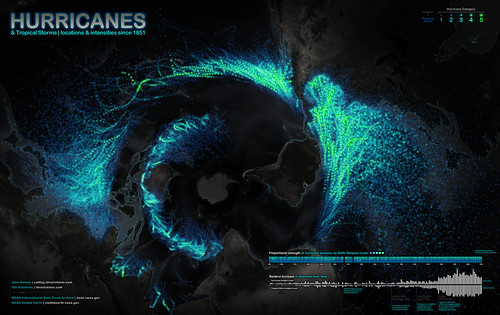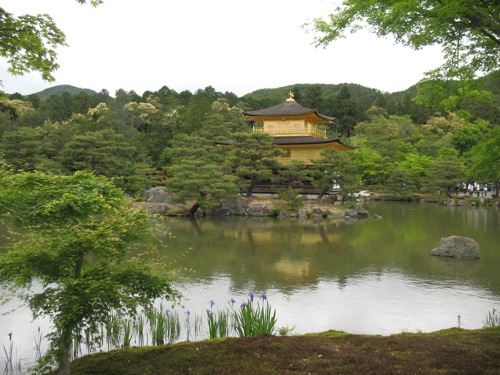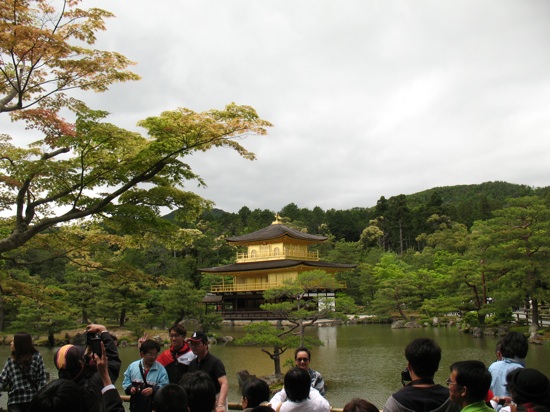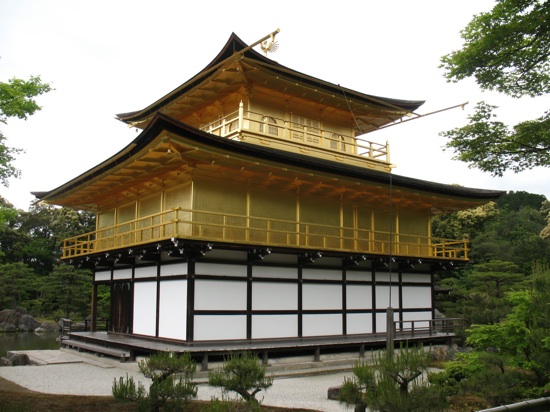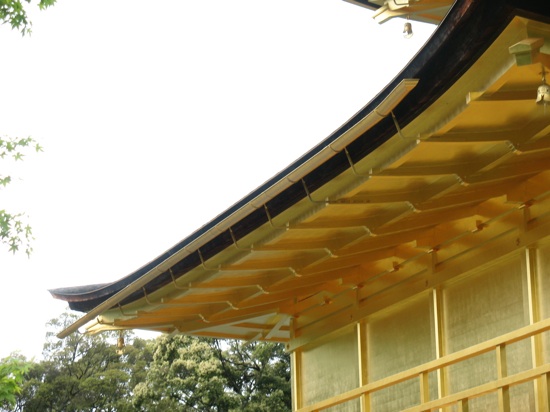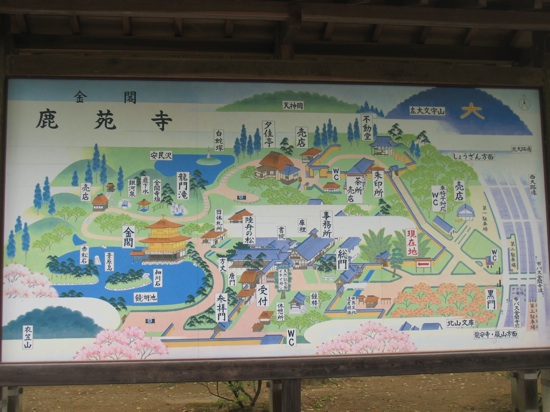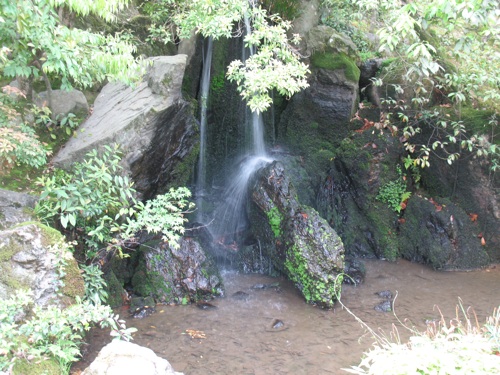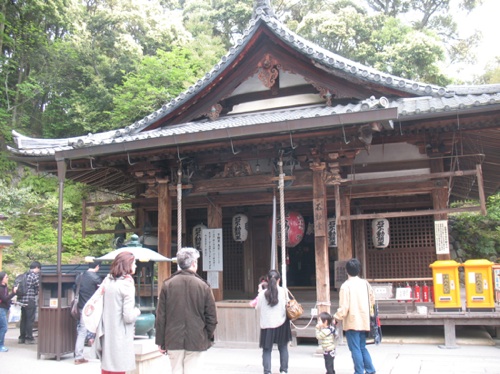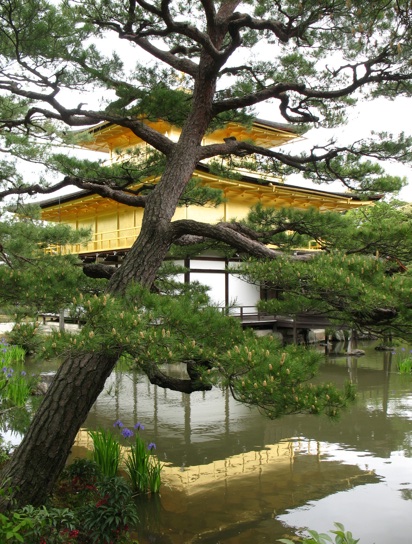My recent blog silence has been partially because I’ve been getting ready to present research at the 2103 American Geophysical Union (AGU) Fall Meeting. I’ve been working on a comparative analysis of online interactive sea level rise viewers, which are used to help people visualize the potential effects of sea level rise on coastlines. I’ll be presenting some of the results at the conference as a poster presentation on Monday afternoon, titled “Building Stories about Sea Level Rise through Interactive Visualizations” (Paper Number PA13A-1762, for anyone who sees this and is interested in talking to me :))
Here’s the introduction:
Sea level rise (SLR) is an aspect of global climate change that can be communicated effectively using visuals. We focus on online interactive SLR viewers, which: visualize SLR or coastal areas that could potentially be affected by SLR; allow users to interact with the visualization by scrolling, zooming, and other features related to view selection; use a map as a base layer; and are located online. SLR viewers can visualize a range of SLR scenarios to communicate about possible coastal impacts. They let us represent the effects and risks of SLR for coastal planning and community outreach. As users interact with SLR viewers, they build personalized narratives about SLR’s effects and risks. By helping audiences visualize the potential impacts of SLR in locations that are personally important to them, we can motivate them to try to understand SLR and support efforts to mitigate or respond to it.
And here’s a pdf version of it: Stephens AGU poster. Please note the screenshots in the poster are copyrighted by their respective creators. I’ve also collaborated on two other presentations related to science communication in general:
D. E. DeLorme, S. C. Hagen, & S. H. Stephens, 2013. “Strategies for Sharing Scientific Research on Sea Level Rise: Suggestions from Stakeholder Focus Groups.”
S. C. Hagen, S. H. Stephens, D. E. DeLorme, D. Ruple, & L. Graham, 2013. “Increasing Public Access to Scientific Research through Stakeholder Involvement: Ecological Effects of Sea Level Rise in the Northern Gulf of Mexico.”
I’ve never been to an AGU meeting before, and from what I hear, it can be an overwhelming experience (>20,000 people attending!). But I’m armed with a list of interesting presentations that I want to see and am meeting up with some folks there, so it should be interesting. Of course, I’m also hoping to get some birding in while I’m there- at least see the famous San Francisco parrots!
